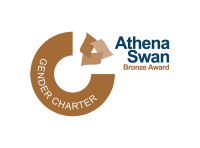Cambridge is home to world-leading researchers across archaeological science, technical art history and heritage science, based at Department of Archaeology, the Fitzwilliam Museum, and the Hamilton Kerr Institute, among others. There are multiple synergies across these institutions in terms of research methodologies, goals and ambitions in the field of technical and scientific investigation of works of art and archaeological objects.
